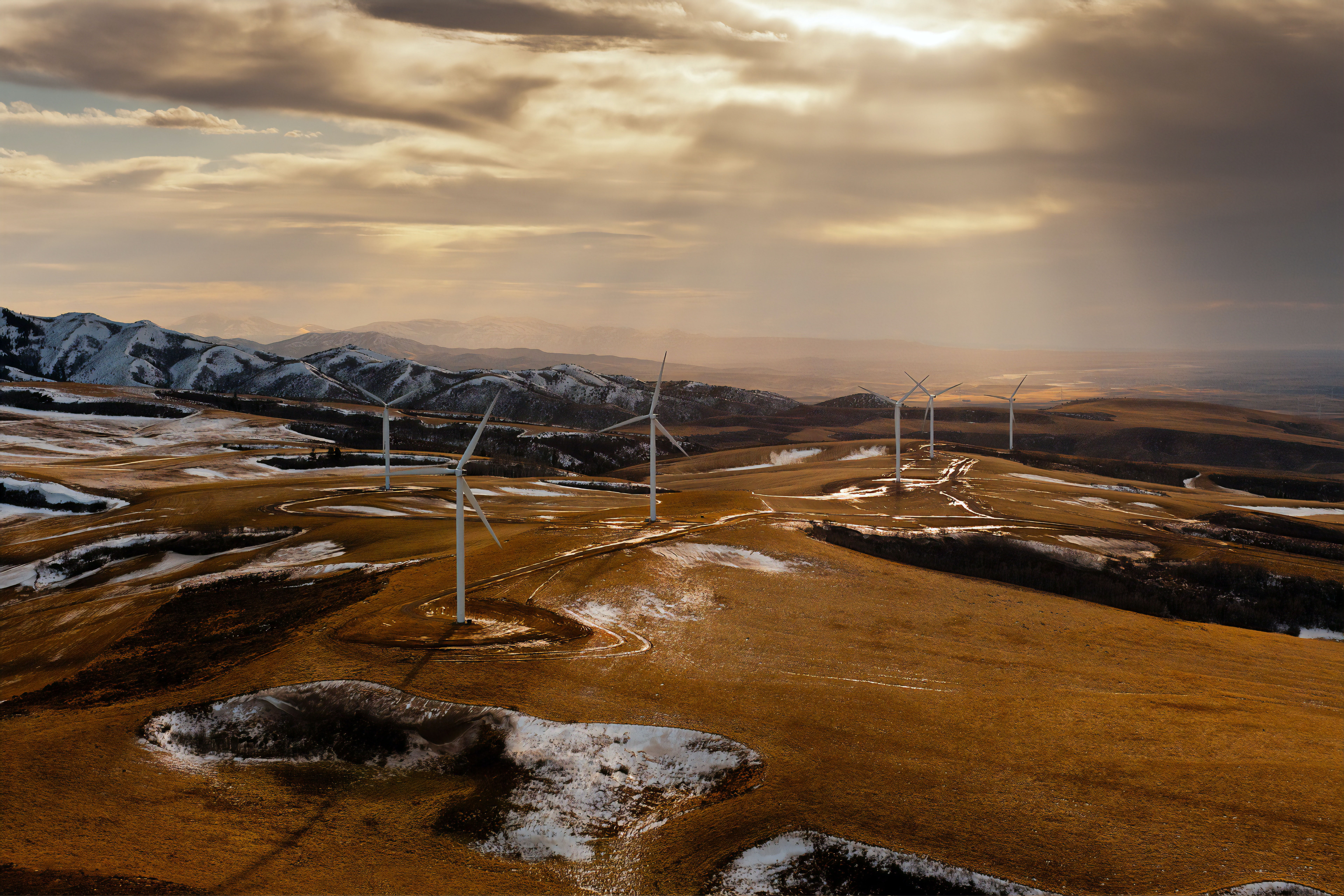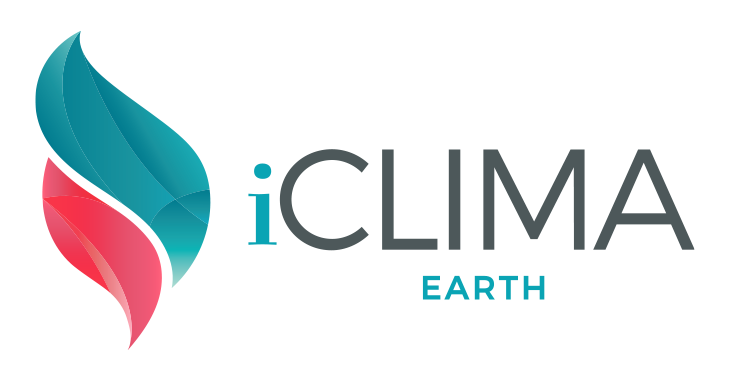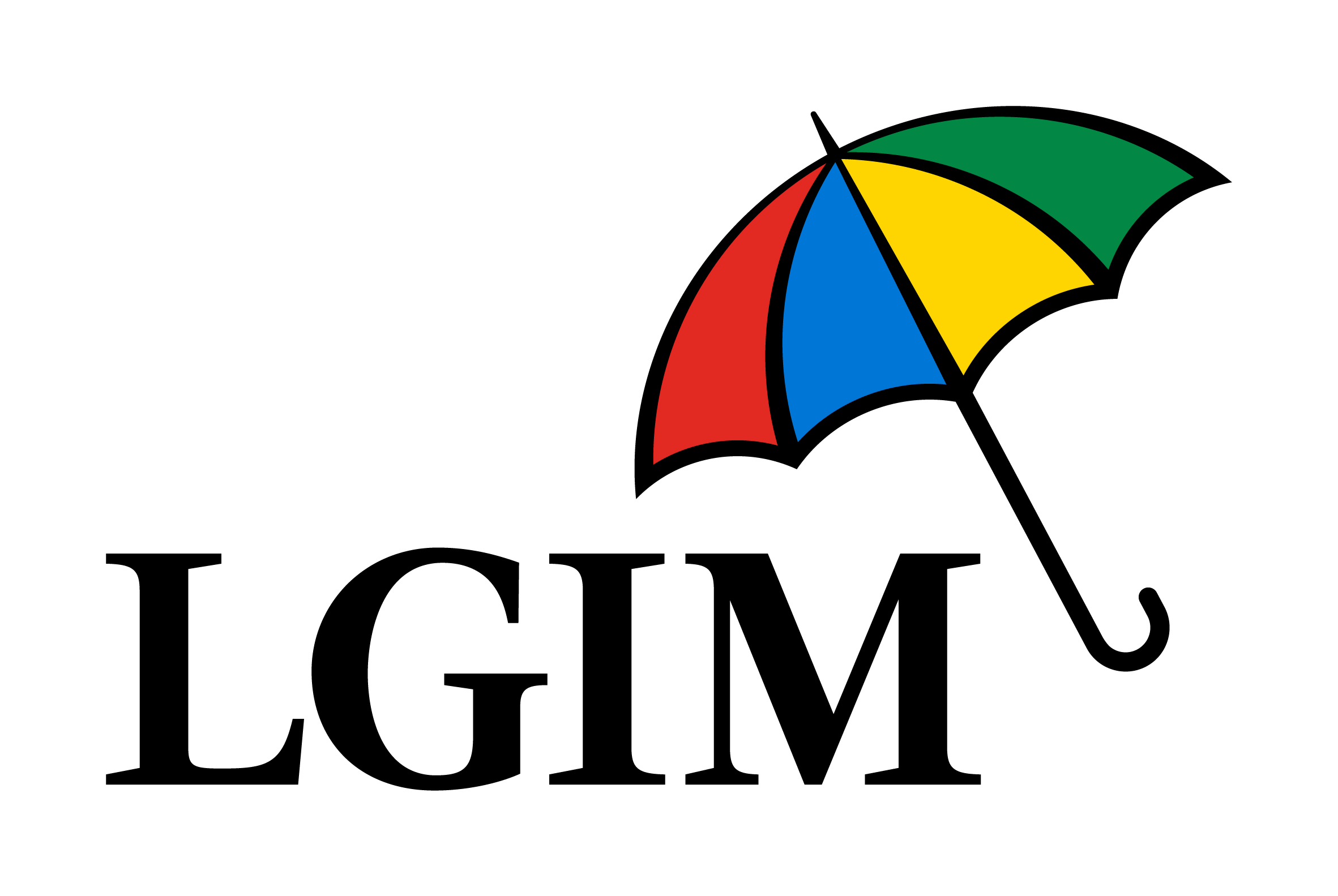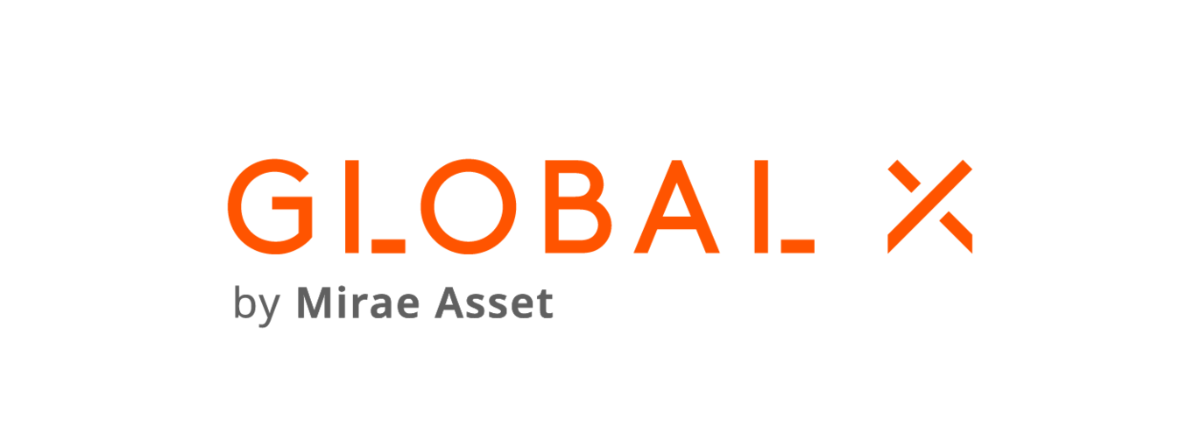Hundreds of millions of dollars poured into BlackRock’s vast clean energy ETF last week as European investors bet on the renewed pressure on western governments to transition away from geopolitically risky fossil fuels.
According to data from ETFLogic, the $5.7bn iShares Global Clean Energy UCITS ETF (INRG) amassed $338m inflows in the week to 10 March, the fourth-most of any equity ETF in Europe.
In fact, INRG gathered $114m in a single day last week, taking its inflows for the trailing month to $427m.
Europe’s largest clean energy ETF also booked impressive performance, up 8.3% in the week to 10 March. This takes its total return for what has been a challenging 12-month period to -13.1%.
While impressive recently, INRG was outperformed during the week by some of the smaller ETFs targeting more specific segments of the clean energy value chain.
Over the same one-week period, the Global X Hydrogen UCITS ETF (HYCN) soared 13% while the L&G Hydrogen Economy UCITS ETF (HTWO) jumped 9.8%.
Likewise, the HANetf Solar Energy UCITS ETF (TANP) shone with gains of 11%, closely followed by the Invesco Solar Energy UCITS ETF (RAYS) which rose 10.9%.
Other notable mentions go to the Invesco Global Clean Energy UCITS ETF (GCLX) which added 8.8% and the iClima Smart Energy UCITS ETF (DGEP), which bounced 8.4%.
Interestingly, the rush back to clean energy thematics has also been a boon to smaller ETFs in the market, with the one-week flows to 10 March accounting for around a third of Global X’s HYCN and iClima’s DGEP total respective assets under management (AUM).
This renewed interest in the clean energy theme – which previously benefitted during US President Joe Biden’s pro-renewables presidential election platform – likely owes to a new round of tailwinds offered by Russia’s invasion of Ukraine and subsequent questions over European countries’ reliance on Russian oil and gas.
In an effort to reduce this reliance, Germany recently announced plans to be completely renewables-dependent for its domestic electricity needs by 2035.
Elsewhere, executives of the largest turbine manufacturers continue to lobby European Commission president Ursula von der Leyen to speed up the permits process for new wind farms, Bloomberg reported previously.
On Friday, a positive week for clean energy was capped off by the US Senate passing a new $1.5trn fiscal spending package, which means Biden’s infrastructure ambitions are now fully funded and the Energy Department will receive a 10% funding increase for its climate-related initiatives.
Overall, political developments such as these are always positive for clean energy and other nascent, thematic industries in general. Clean energy may be starting this new round of support from a moderately low base but investors should be wary of speculation.
As seen from 2020 to 2021, a theme’s long-term potential can often be clouded by short-term hype, which is often followed by a painful reality check.
Related articles









